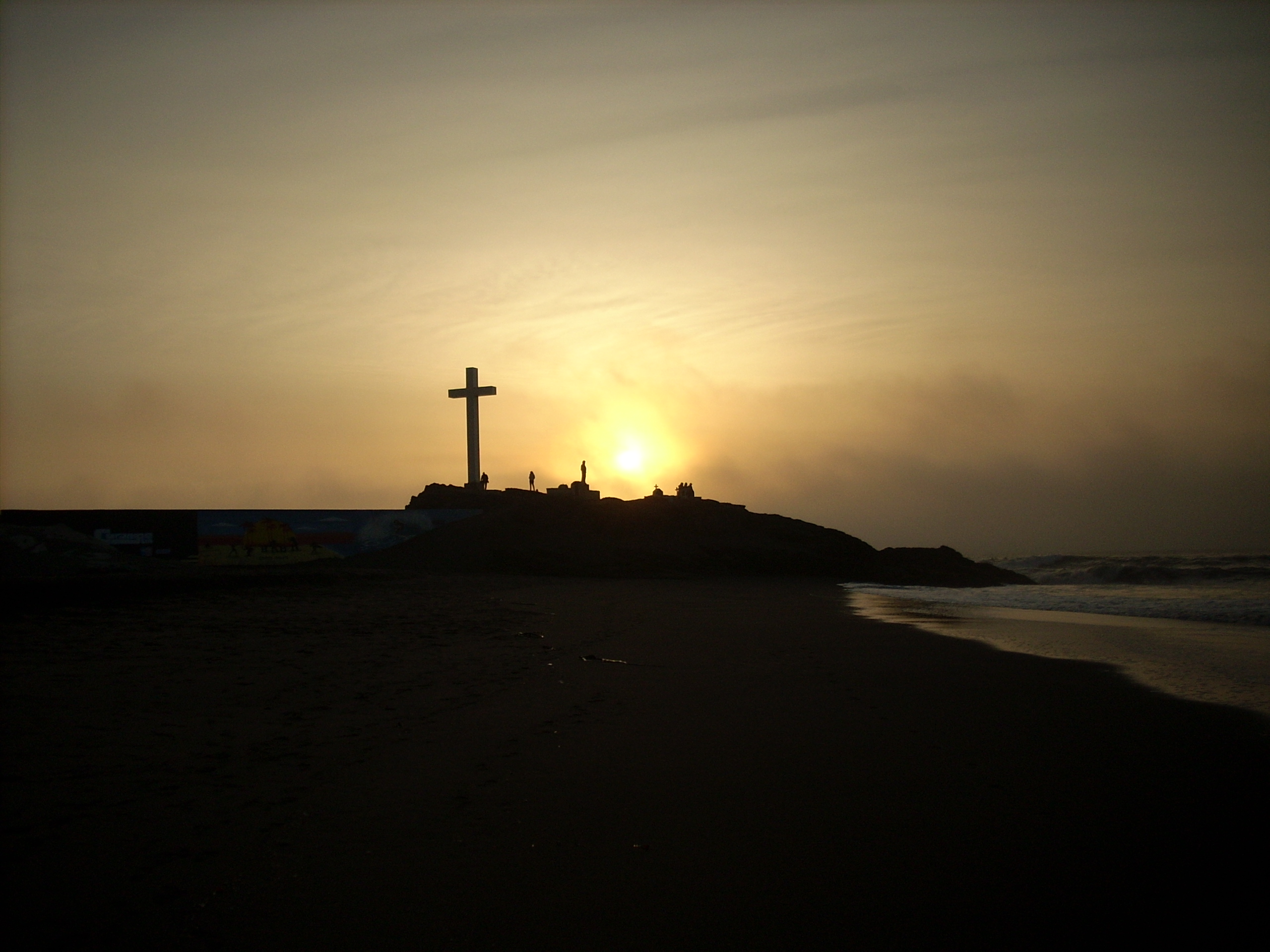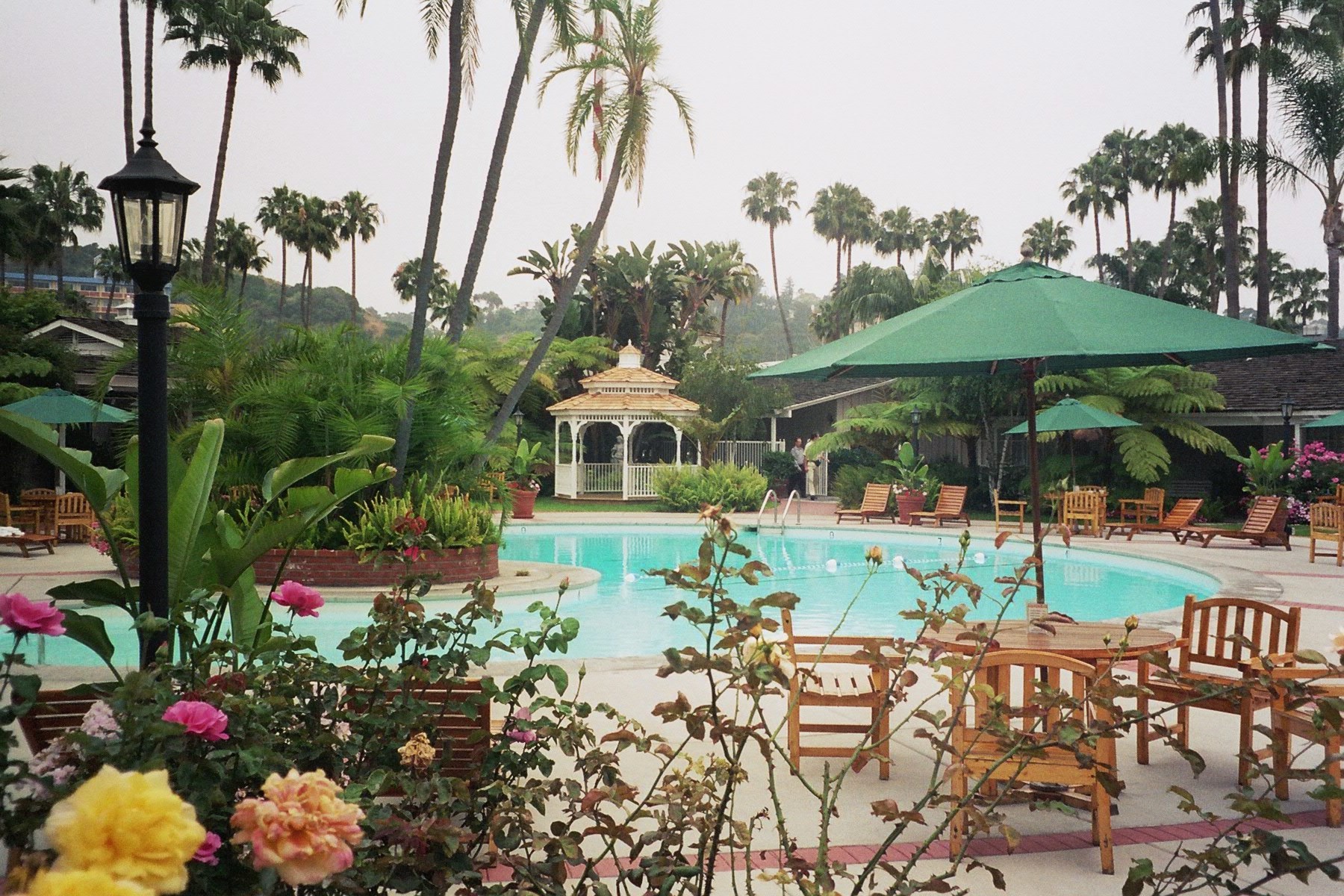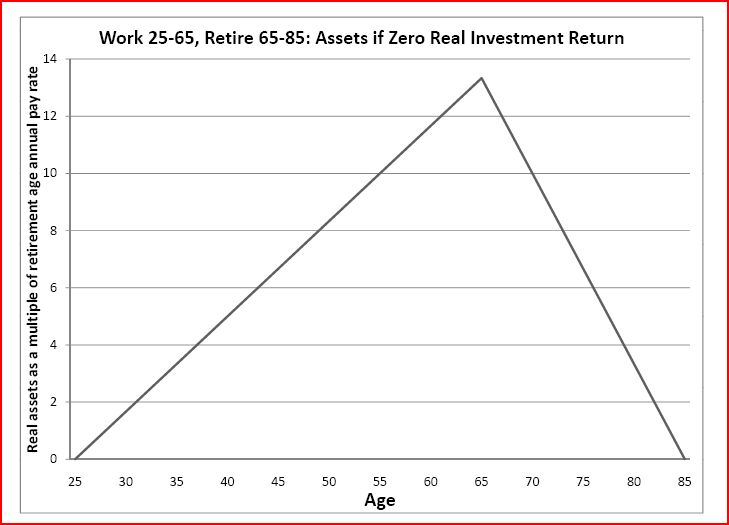|
Pelluhue
Pelluhue (in Mapudungun: ''land of clams'') is a town and commune in the Cauquenes Province of central Chile's seventh region of Maule. Geography The commune of Pelluhue has an area of and is bordered on the north by Chanco, on the south by Cobquecura (Ñuble Region), on the east by Cauquenes and on the west by the Pacific Ocean. Its seat is the town of Curanipe. Demography Although Curanipe is the municipal seat, Pelluhue has a greater population, both permanent and seasonal. According to the 2002 census of the National Statistics Institute, Pelluhue spans an area of and has 6,414 inhabitants (3,408 men and 3,006 women). Of these, 3,877 (60.4%) lived in urban areas and 2,537 (39.6%) in rural areas. Because of its appeal as a tourism and retirement center, Pelluhue has been steadily growing over the last two decades. Its population increase rate has been one of the highest in the Maule Region, growing by 17.2% (943 persons) between the 1992 and 2002 censuses. History Bot ... [...More Info...] [...Related Items...] OR: [Wikipedia] [Google] [Baidu] |
Chanco (Chile)
Chanco is a Chilean town and commune located in Cauquenes Province, Maule Region. Geography Chanco is bordered on the north by Constitución and Empedrado (both in Talca Province); on the south by Pelluhue; on the east by Cauquenes, and on the west by the Pacific Ocean. The area of the municipality is . Demography According to the 2002 census of the National Statistics Institute, Chanco has 9,457 inhabitants (4,856 men and 4,601 women). Of these, 4,012 (42.4%) lived in urban areas and 5,445 (57.6%) in rural areas. Between the 1992 and 2002 censuses, the population fell by 0.4% (35 persons). History Chanco was founded on 1889 in an old settlement populated by the indigenous people known as promaucaes. Chanco had begun as a seaside settlement. However, in the 19th century the coastal dunes advanced eastward and buried the old village and the surrounding crops. At the beginning of the 20th century, thanks to the efforts of the German botanist and naturalist Federico Albert the ... [...More Info...] [...Related Items...] OR: [Wikipedia] [Google] [Baidu] |
Maule Region
The Maule Region ( es, Región del Maule, ) is one of Chile's 16 first order administrative divisions. Its capital is Talca. The region derives its name from the Maule River which, running westward from the Andes, bisects the region and spans a basin of about 20,600 km2. The Maule river is of considerable historic interest because, among other reasons, it marked the southern limits of the Inca Empire. Geography and ecology The region covers an area of and is bordered on the west by the Pacific Ocean; on the east by the Argentina; on the north by the O'Higgins Region, and on the south by the Ñuble Region. There are a number of flora and fauna species present in Maule. For example, the endangered Chilean Wine Palm (''Jubaea chilensis'') is found in a very limited distribution that includes the Maule Region. The limited distribution ''Nothofagus alessandri'' is also found in the region. Demography According to the 2017 census, the population of the region was 1,033,197. Wi ... [...More Info...] [...Related Items...] OR: [Wikipedia] [Google] [Baidu] |
Curanipe
Curanipe (in mapudungun: "plum tree that grows in the rock") is a town and seat of the municipality of Pelluhue, Province of Cauquenes, in VII Maule Region of Chile. A popular and charming coastal resort, Curanipe used to be a well-known and secluded hangout for the Cauquenes elite and a proud regional "minor port", during the mid- and late 19th century. The town has a quaint architectural style that echoes the colonial rural architecture of Chile. The Curanipe parish church A parish church (or parochial church) in Christianity is the church which acts as the religious centre of a parish. In many parts of the world, especially in rural areas, the parish church may play a significant role in community activities, ... of Santo Toribio, is a beautifully preserved religious building overlooking the town. On 27 February 2010 at 06:34:14 GMT (03:34:14 AM local time), a magnitude 8.8 earthquake struck the seafloor 7 miles (11 km) southwest of Curanipe. [...More Info...] [...Related Items...] OR: [Wikipedia] [Google] [Baidu] |
Cauquenes Province
Cauquenes Province ( es, Provincia de Cauquenes) is one of four provinces of the central Chilean region of Maule (VII). The provincial capital is the city of Cauquenes. Geography and demography The provincial capital, Cauquenes, lies approximately southwest of Santiago. According to the 2002 census by the National Statistics Institute (''INE''), the province spans an area of and had a population of 57,088 inhabitants (28,356 men and 28,732 women), giving it a population density of . Of these, 38,660 (67.7%) lived in urban areas and 18,428 (32.3%) in rural areas. Between the 1992 and 2002 censuses, the population grew by 3.3% (1,846 persons). Administration As a province, Cachapoal is a second-level administrative division of Chile, governed by a provincial governor who is appointed by the president. Communes The province is composed of three communes, each governed by a municipality consisting of an alcalde and municipal council: Cauquenes, Chanco and Pelluhue Pelluhue (i ... [...More Info...] [...Related Items...] OR: [Wikipedia] [Google] [Baidu] |
Communes Of Chile
A commune ( es, comuna, ) is the smallest administrative subdivision in Chile. It may contain cities, towns, villages, hamlets as well as rural areas. In highly populated areas, such as Santiago, Valparaíso and Concepción, a conurbation may be broken into several communes. In sparsely populated areas, conversely, a commune may cover a substantial rural area together with several settled areas which could range from hamlets to towns or cities. The term "commune" is ambiguous in English, but the word is commonly used in translation for "comuna", although with some controversy among translators. A comuna is similar to a "county" in Anglo-American usage and practice, and may be more universally understood as a "municipality". Each commune or municipality is governed by a directly elected body known as a municipal council (''concejo municipal'') consisting of a mayor (''alcalde'') and a group of councillors (''concejales''), for a period of four years. The communal civil service a ... [...More Info...] [...Related Items...] OR: [Wikipedia] [Google] [Baidu] |
List Of Towns In Chile
This article contains a list of towns in Chile. A town is defined by Chile's National Statistics Institute (INE) as an urban entity possessing between 2,001 and 5,000 inhabitants—or between 1,001 and 2,000 inhabitants if 50% or more of its population is economically active in secondary and/or tertiary activities. This list is based on a June 2005 report by the INE based on the 2002 census, which registered 274 towns across the country, however only 269 of them are shown here. (''Note'': The higher number is based on the number given in the regional summary provided by the INE report. The lower number is based on a manual count of the report. The discrepancies are found in the Valparaíso Region (report: 31 / manual count: 28), the O'Higgins Region (report: 39 / manual count: 38) and the Los Ríos and Los Lagos Region combined (report: 31 / manual count: 30).) [...More Info...] [...Related Items...] OR: [Wikipedia] [Google] [Baidu] |
Provinces Of Chile
A province is the second largest administrative division in Chile with 56 in total. The largest administrative division in Chile is that of a region with 16 in total. Each provincial presidential delegation (''delegación presidencial provincial'') is headed by a provincial presidential delegate (''delegado presidencial provincial'') appointed by the President. The governor exercises their powers in accordance with instructions from the regional presidential delegate (''delegado presidencial regional''). The provincial delegate is advised by the Provincial Economic and Social Council (''Consejo Económico y Social Provincial'' or CESPRO). No provincial presidential delegations exist in those provinces where the regional capital is located; its functions were merged with those of the regional presidential delegate. The country's provinces are further divided into 346 communes which are administered by an alcalde and municipal council. Until 1976, a province was the main admini ... [...More Info...] [...Related Items...] OR: [Wikipedia] [Google] [Baidu] |
Pacific Ocean
The Pacific Ocean is the largest and deepest of Earth's five oceanic divisions. It extends from the Arctic Ocean in the north to the Southern Ocean (or, depending on definition, to Antarctica) in the south, and is bounded by the continents of Asia and Oceania in the west and the Americas in the east. At in area (as defined with a southern Antarctic border), this largest division of the World Ocean—and, in turn, the hydrosphere—covers about 46% of Earth's water surface and about 32% of its total surface area, larger than Earth's entire land area combined .Pacific Ocean . '' Britannica Concise.'' 2008: Encyclopædia Britannica, Inc. The centers of both the |
Fishermen
A fisher or fisherman is someone who captures fish and other animals from a body of water, or gathers shellfish. Worldwide, there are about 38 million commercial and subsistence fishers and fish farmers. Fishers may be professional or recreational. Fishing has existed as a means of obtaining food since the Mesolithic period.Profile for the USA * inadequate preparation for emergencies * poor vessel maintenance and inadequate safety equipment * lack of awareness of or ignoring stability issues. Many fishers, while accepting that fishing is dangerous, staunchly defend their independence. Many proposed laws and additional regulation to increase safety have been defeated because fishers oppose them. Alaska's commercial fishers work in one of the world's harshest environments. Many of the hardships they endure include isolated fishing grounds, high winds, seasonal darkness, very cold water, icing, and short fishing seasons, where very long work days are the norm. Fatigue, physical s ... [...More Info...] [...Related Items...] OR: [Wikipedia] [Google] [Baidu] |
Resort
A resort (North American English) is a self-contained commercial establishment that tries to provide most of a vacationer's wants, such as food, drink, swimming, lodging, sports, entertainment, and shopping, on the premises. The term ''resort'' may be used for a hotel property that provides an array of amenities, typically including entertainment and recreational activities. A hotel is frequently a central feature of a resort, such as the Grand Hotel at Mackinac Island, Michigan. Some resorts are also condominium complexes that are timeshares or owned fractionally or wholly owned condominium. A resort is not always a commercial establishment operated by a single company, but in the late 20th century, that sort of facility became more common. In British English, "resort" means a town which people visit for holidays and days out which usually contains hotels at which such holidaymakers stay. Examples would include Blackpool and Brighton. Destination resort A destinatio ... [...More Info...] [...Related Items...] OR: [Wikipedia] [Google] [Baidu] |
Retirement
Retirement is the withdrawal from one's position or occupation or from one's active working life. A person may also semi-retire by reducing work hours or workload. Many people choose to retire when they are elderly or incapable of doing their job due to health reasons. People may also retire when they are eligible for private or public pension benefits, although some are forced to retire when bodily conditions no longer allow the person to work any longer (by illness or accident) or as a result of legislation concerning their positions. In most countries, the idea of retirement is of recent origin, being introduced during the late-nineteenth and early-twentieth centuries. Previously, low life expectancy, lack of social security and the absence of pension arrangements meant that most workers continued to work until their death. Germany was the first country to introduce retirement benefits in 1889. Nowadays, most developed countries have systems to provide pensions on retirement ... [...More Info...] [...Related Items...] OR: [Wikipedia] [Google] [Baidu] |
Tourism
Tourism is travel for pleasure or business; also the theory and practice of touring (other), touring, the business of attracting, accommodating, and entertaining tourists, and the business of operating tour (other), tours. The World Tourism Organization defines tourism more generally, in terms which go "beyond the common perception of tourism as being limited to holiday activity only", as people "travelling to and staying in places outside their usual environment for not more than one consecutive year for leisure and not less than 24 hours, business and other purposes". Tourism can be Domestic tourism, domestic (within the traveller's own country) or International tourism, international, and international tourism has both incoming and outgoing implications on a country's balance of payments. Tourism numbers declined as a result of a strong economic slowdown (the late-2000s recession) between the second half of 2008 and the end of 2009, and in consequence of t ... [...More Info...] [...Related Items...] OR: [Wikipedia] [Google] [Baidu] |



.jpg)



